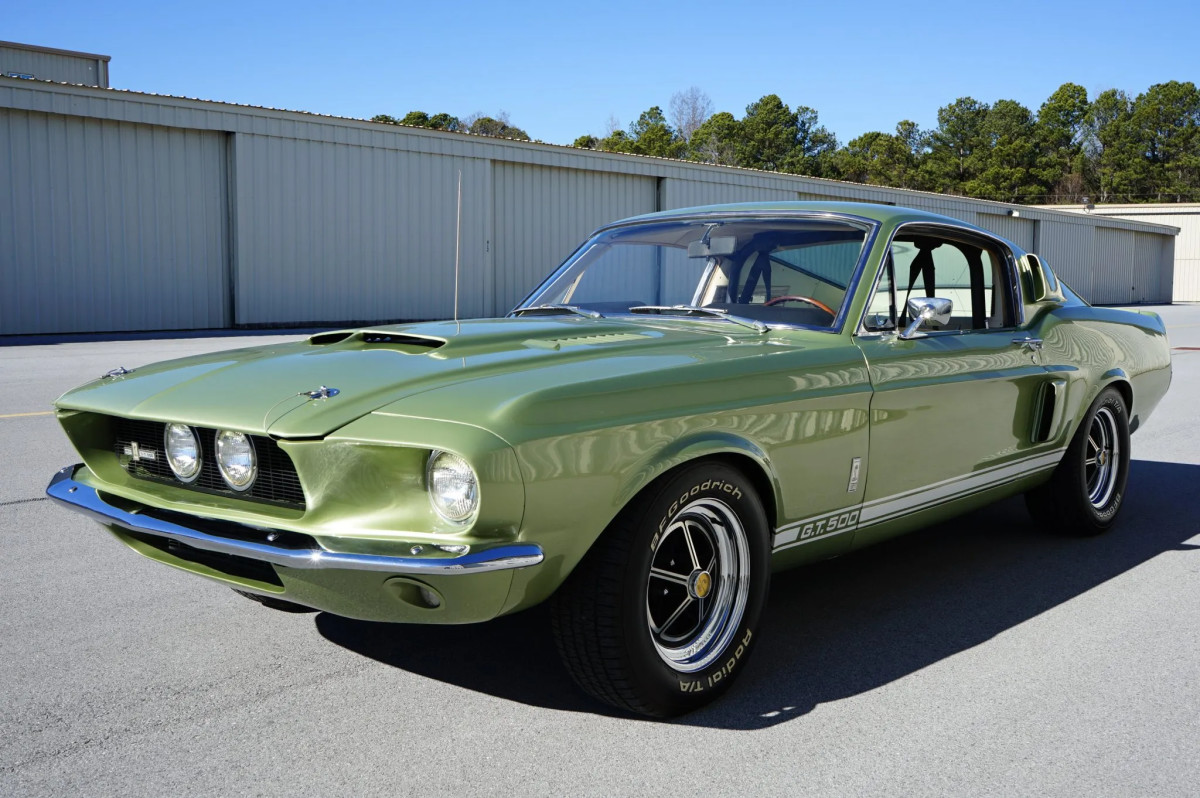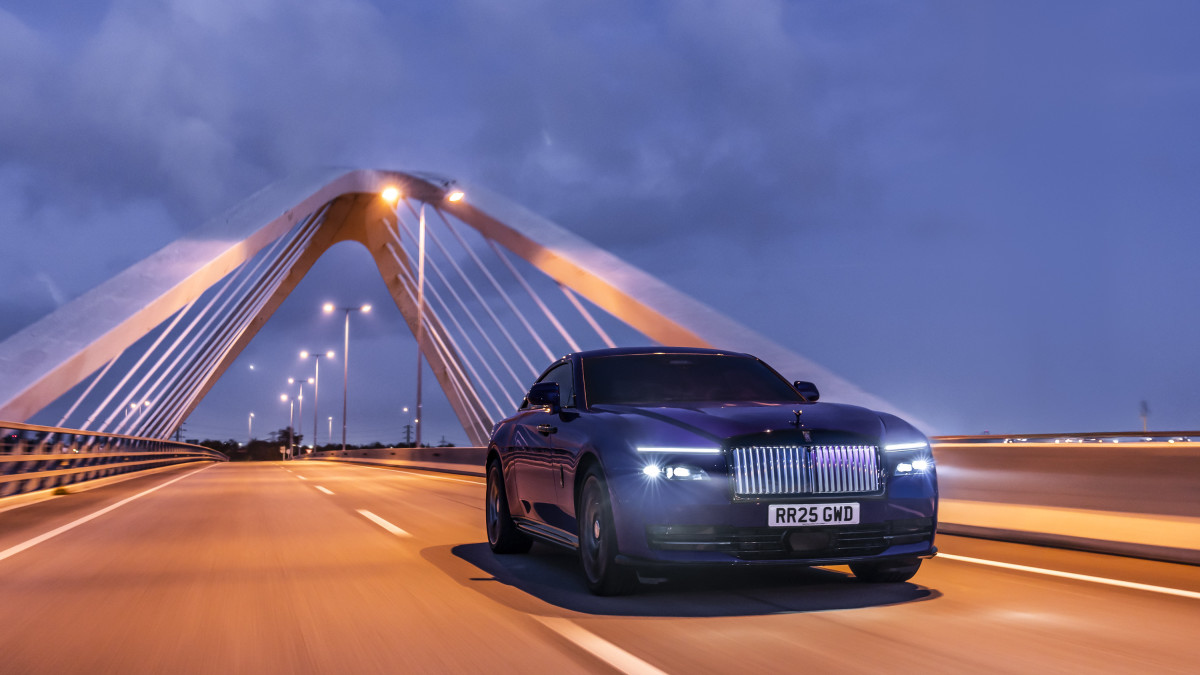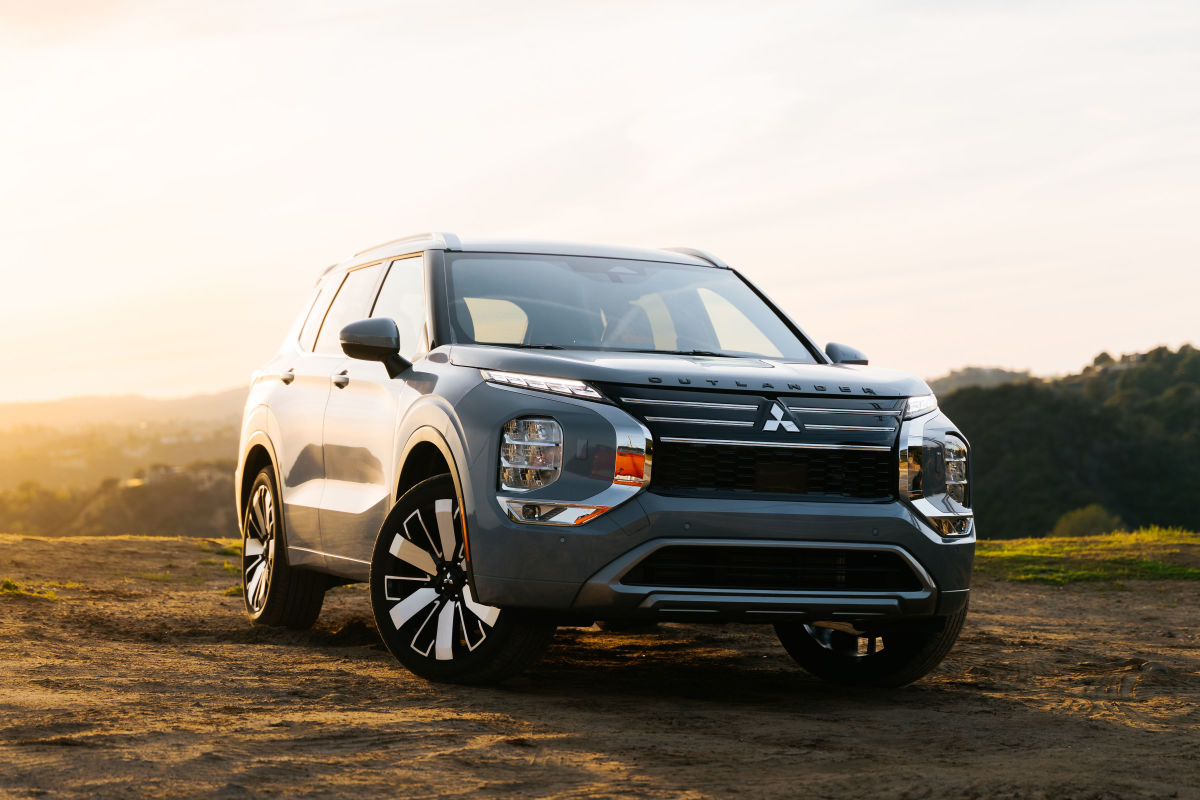Hyundai, Kia, Genesis and Subaru Are Heavy Hitters At the New York Auto Show
As it reaches its 125th year, the New York International Auto Show maintains its status as the nation’s oldest automotive exhibition. As a media event that drives news, it’s still a casualty of automakers’ waning interest in using auto shows as a venue for introducing new models. That isn’t ...
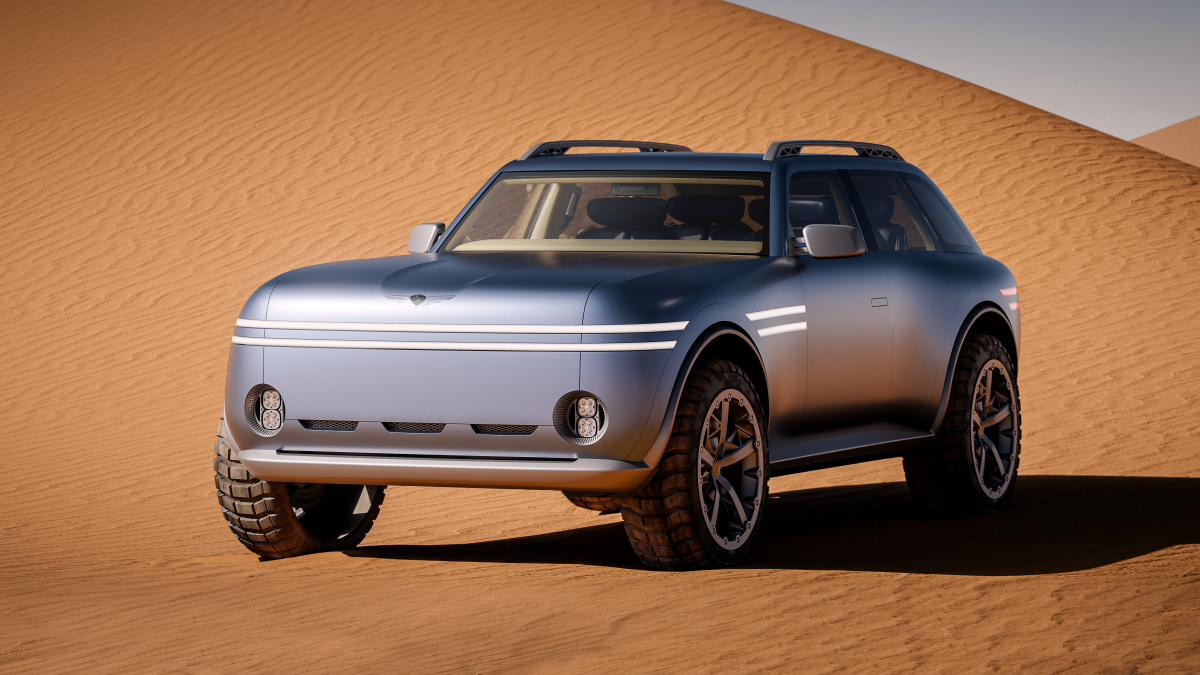
There was a clear winner at this year's New York Auto Show
As it reaches its 125th year, the New York International Auto Show maintains its status as the nation’s oldest automotive exhibition. As a media event that drives news, it’s still a casualty of automakers’ waning interest in using auto shows as a venue for introducing new models. That isn’t true of Hyundai Motor Group (HMG) or Subaru of America, whose models made up the majority of fresh sheet metal. And it was Genesis, Hyundai’s luxury division, that made the most momentous announcement of the show. 
Genesis competes with the big boys
Or rather, it was Genesis Magma Racing (GMR), created with the intention of competing in the FIA World Endurance Championship in 2026, including Le Mans. It won’t be an easy slog considering its competition includes Alpine, Aston Martin, BMW, Cadillac, Ferrari, Peugeot, Porsche, and Toyota. GMR plans to also compete in the IMSA Sports Car Championship in 2027. The car that will do both events is the GMR-001 Hypercar, powered by a twin-turbocharged 3.2-liter V8. As with other brands that compete on track, lessons learned will filter to HMG’s production cars. For Genesis, this puts the brand on more equal footing with the world’s top brands. Clearly, Genesis and all of Hyundai Motor Group are looking to be a world beater in every segment of the market, but you probably figured that out by now.
Conceptually speaking
The debut of the GMR-001 Hypercar made it all too easy to overlook the handsome Genesis X Gran Equator Concept, a luxury SUV with outrageous proportions. Its mammoth 24-inch wheels, small greenhouse, and a hood nearly six feet long gave it the aura of an overgrown Tonka truck. More intriguingly, its exquisitely finished interior sports an instrument panel featuring four circular displays, but no mammoth touchscreen. Kudos for the brave design choice and the split rear tailgate cribbed from Range Rover. Genesis didn’t indicate what powertrain resides under its long snout or what form a production vehicle might take. 
New compact cars? Yes
More importantly, Kia showcased its newest compact cars, maintaining a stake in a declining market segment. While sales are about one-third of compact SUVs in the American market, demand is growing as larger vehicles become less affordable. Kia’s global debut of the battery-electric EV4 is thus very smartly timed. Despite having a range of up to 330 miles, the EV4 looks incredibly odd from a rear three-quarter view, with a peculiar C-pillar and unusual aerodynamic sculpting that give it a distinctly French look. Its dramatically droopy front end doesn’t help, either. Kia
Far more compelling is the K4 Hatchback, another Kia debut boasting a design that nods to the hatchbacks of the 1980s and ’90s and instantly won the hearts of the assembled automotive media. Despite being 11 inches shorter than its sedan counterpart, it boasts 22 cubic feet of cargo space or 59 cubic feet with the rear seats folded. You’ll want to skip the base model’s 147 horsepower and CVT and go for the GT-Line’s 190 horsepower and 8-speed automatic. It’s even fitted with luxury options you might not expect. Thank you, Kia, for offering what few automakers do: an affordable, attractive, gas-powered, compact hatchback that allows anyone to live large. Kia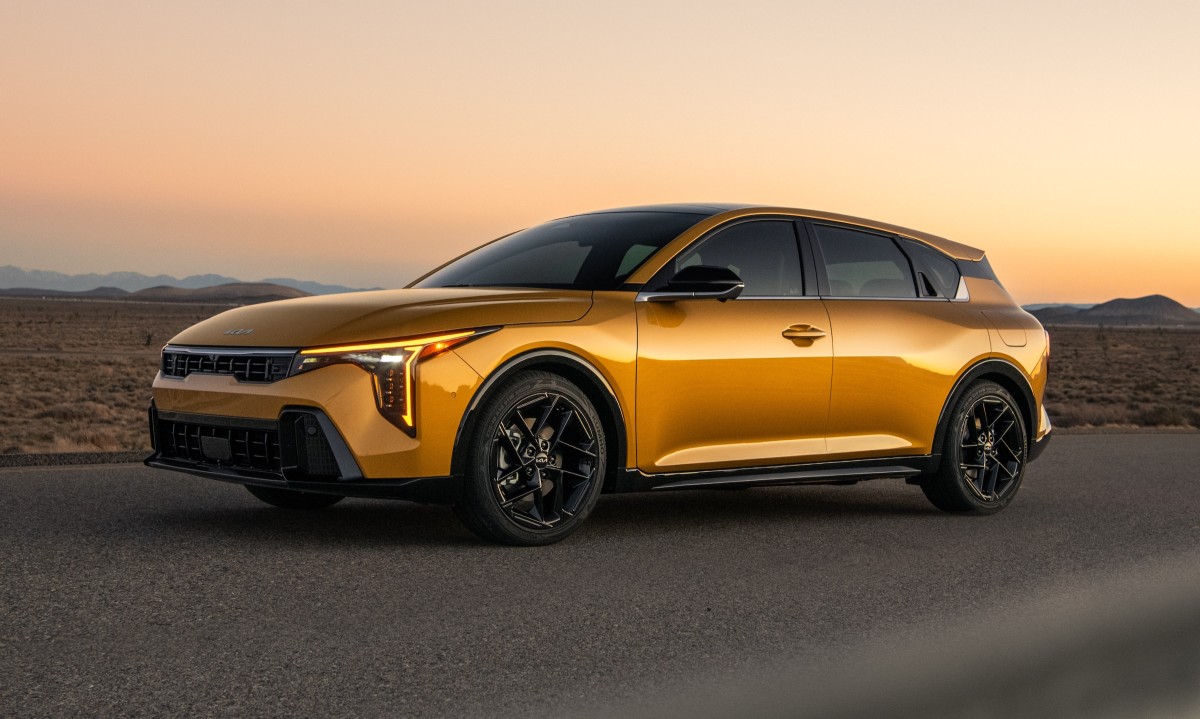
Not to be outdone, Hyundai unveiled the second generation of the three-row Hyundai Palisade SUV with a design that has far more presence than before, given its dramatically stacked horizontal light bars front and rear that are handsome and unmistakable. Its overall ambience recalls that of the recently revised Hyundai Santa Fe, and while not imitative, the two are clearly stylistic siblings. The Palisade's new upscale appearance should easily challenge the extraordinarily popular Kia Telluride for the hearts and minds of upper-middle-class buyers.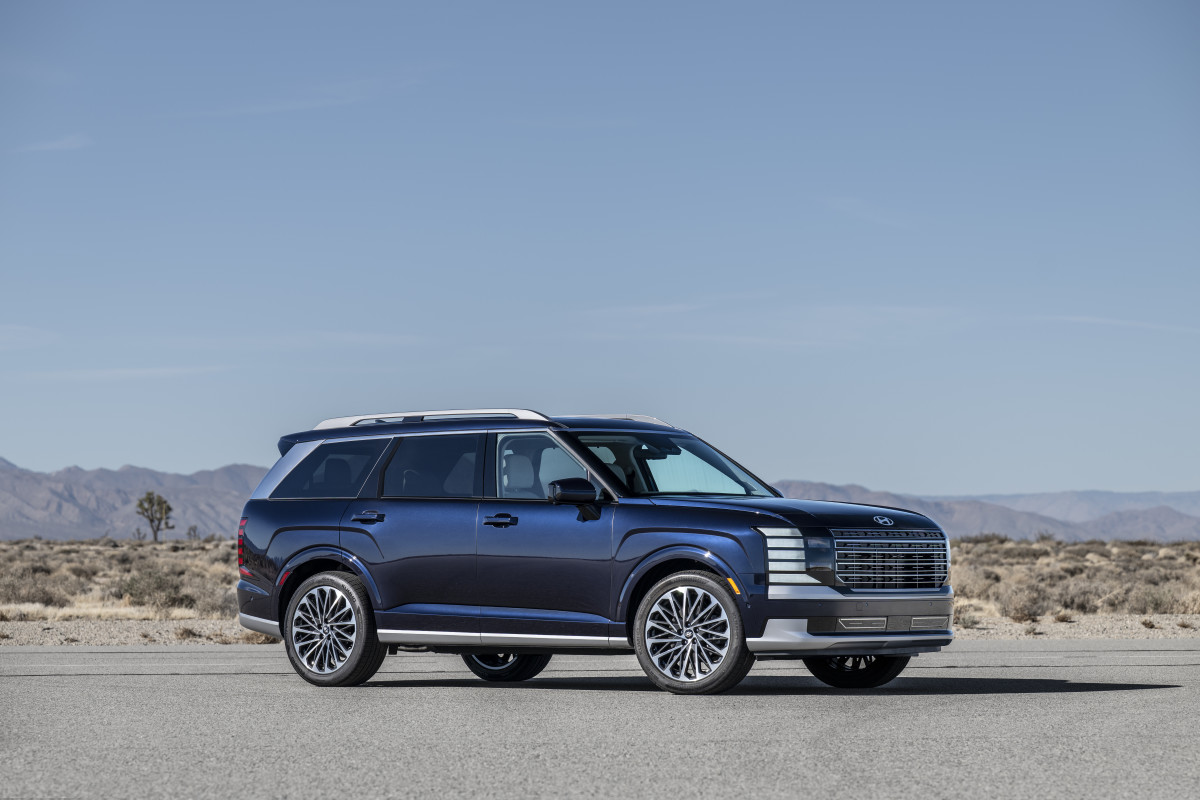
Subaru’s flood of new models
No brand showed more new models than Subaru, with the most anticipated being the Subaru Outback. Some Outback loyalists will no doubt bemoan the new model’s SUV-like appearance, but that pays dividends inside, where the model now features 35 cubic feet of cargo space. The instrument panel has a much simpler look, and climate controls have moved from the screen to physical controls, which are far easier to use with gloves. That said, its exterior styling is far busier, as if designers didn’t know where to stop, but Subarus have mostly been aesthetically challenged, so this isn’t unexpected. Even the Wilderness trim does little to enhance its design cohesiveness. Subaru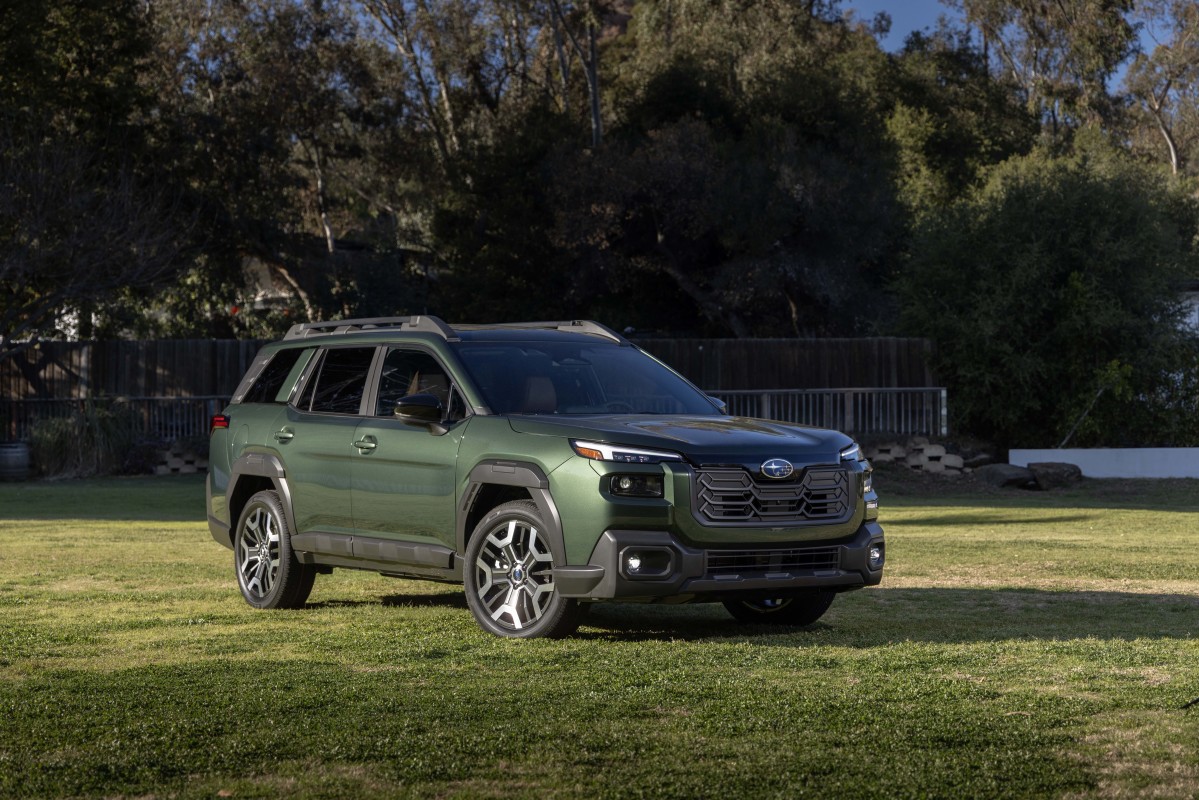
The company also revealed a revised Solterra EV, which now boasts body-colored fenders and a revised front end that lend it a more normal look. More importantly, the 2026 model has 285 miles of range, while horsepower grows to 233 on base models and a far more substantial 338 on the XT. These upgrades makes it far more competitive with other models in its segment. Subaru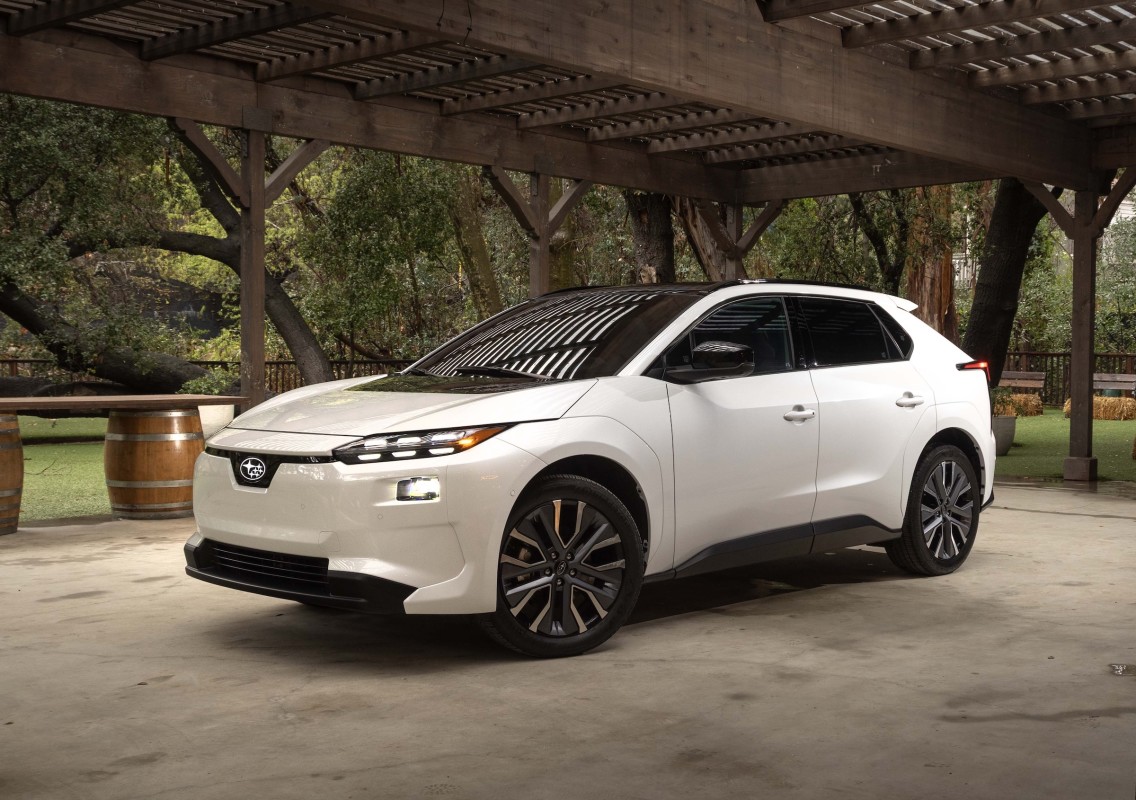
Unfortunately, the Solterra’s old black fenders have found their way onto the new Subaru Trailseeker EV, a wagon version of the Solterra and one that’s far more in the Subaru styling idiom. It boasts 375 horsepower and more than 260 miles of range. Longer and taller than the Solterra, it’s a bit more like an SUV and can tow up to 3,500 pounds. It should prove far more popular than the Solterra. Subaru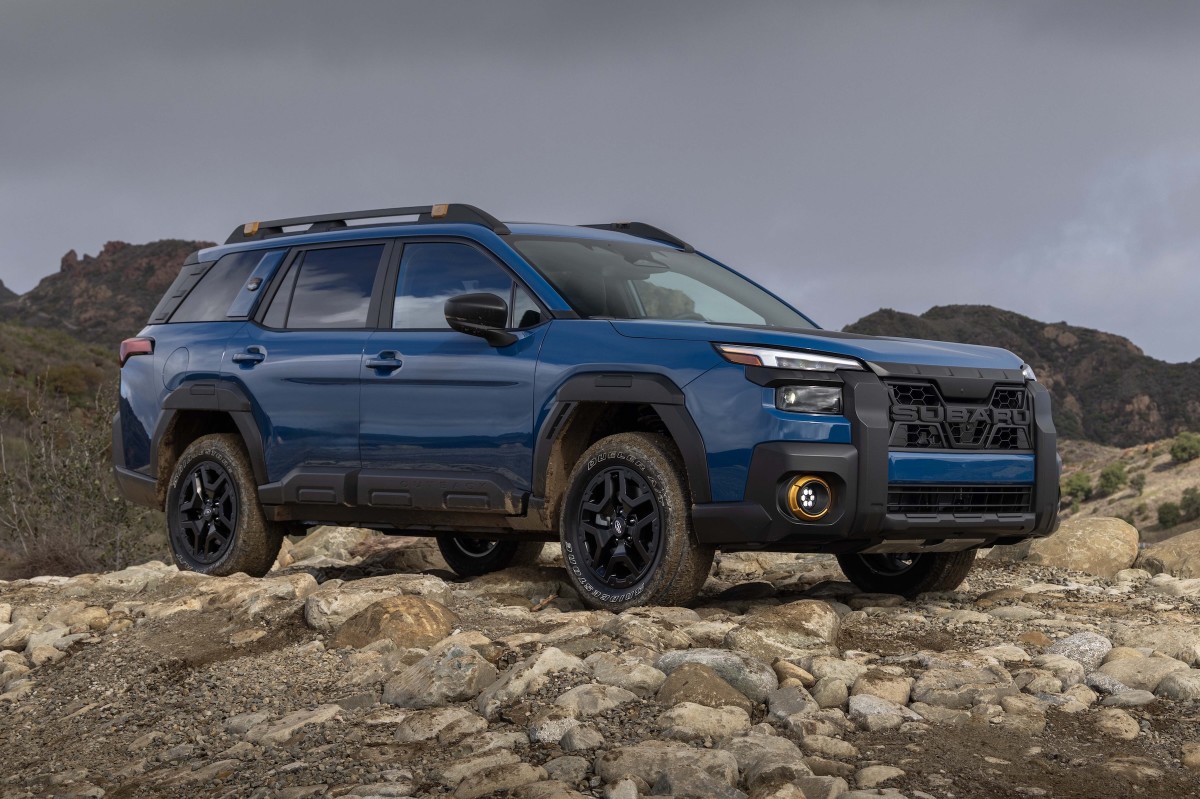
Final thoughts
If not for Hyundai, Genesis, and Kia, this year’s New York International Auto Show would have been a non-event. Auto shows are clearly returning to their roots as sales events held during the winter months to help stoke sales after their stint as media events, despite their core purpose of stoking buyer fever. Automakers’ reluctance to participate in them stems from their cost, which can easily run seven or eight figures, yet doesn’t ensure increased demand. These days, automakers typically hold regional events where they can control every aspect, spending the same money or less without being constrained by state auto show laws. Kia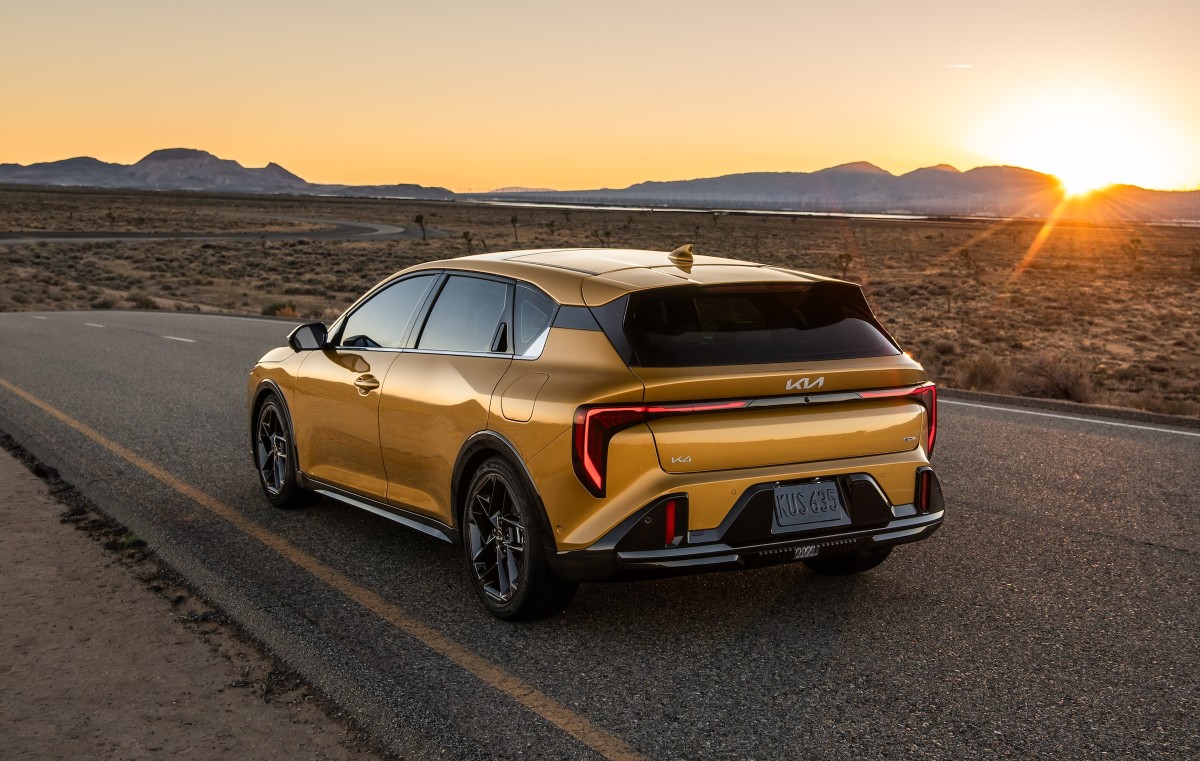
This year’s New York International Auto Show held one clear message: Hyundai Motor Group, consisting of Genesis, Hyundai, and Kia, is still running at full throttle in every part of the market. They are ceding ground to no one. Obviously, they also still believe in auto shows as media events, filling the cavernous void left by rivals unwilling to spend the money to so easily reach consumers. In today’s fractured media environment, where tech companies decide which ads you’ll see on your social media feed, Hyundai’s largesse seems like a smart bet.








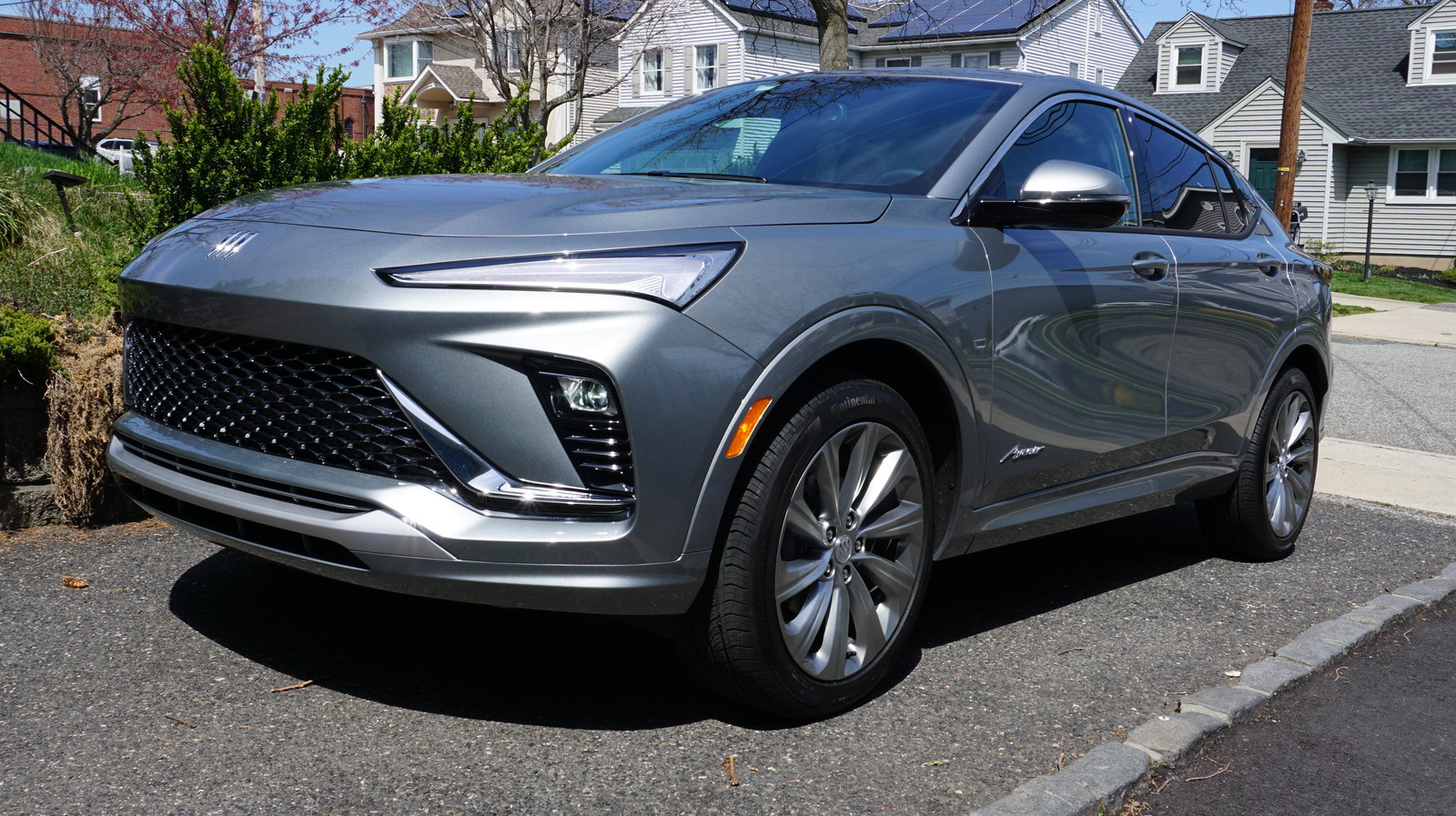
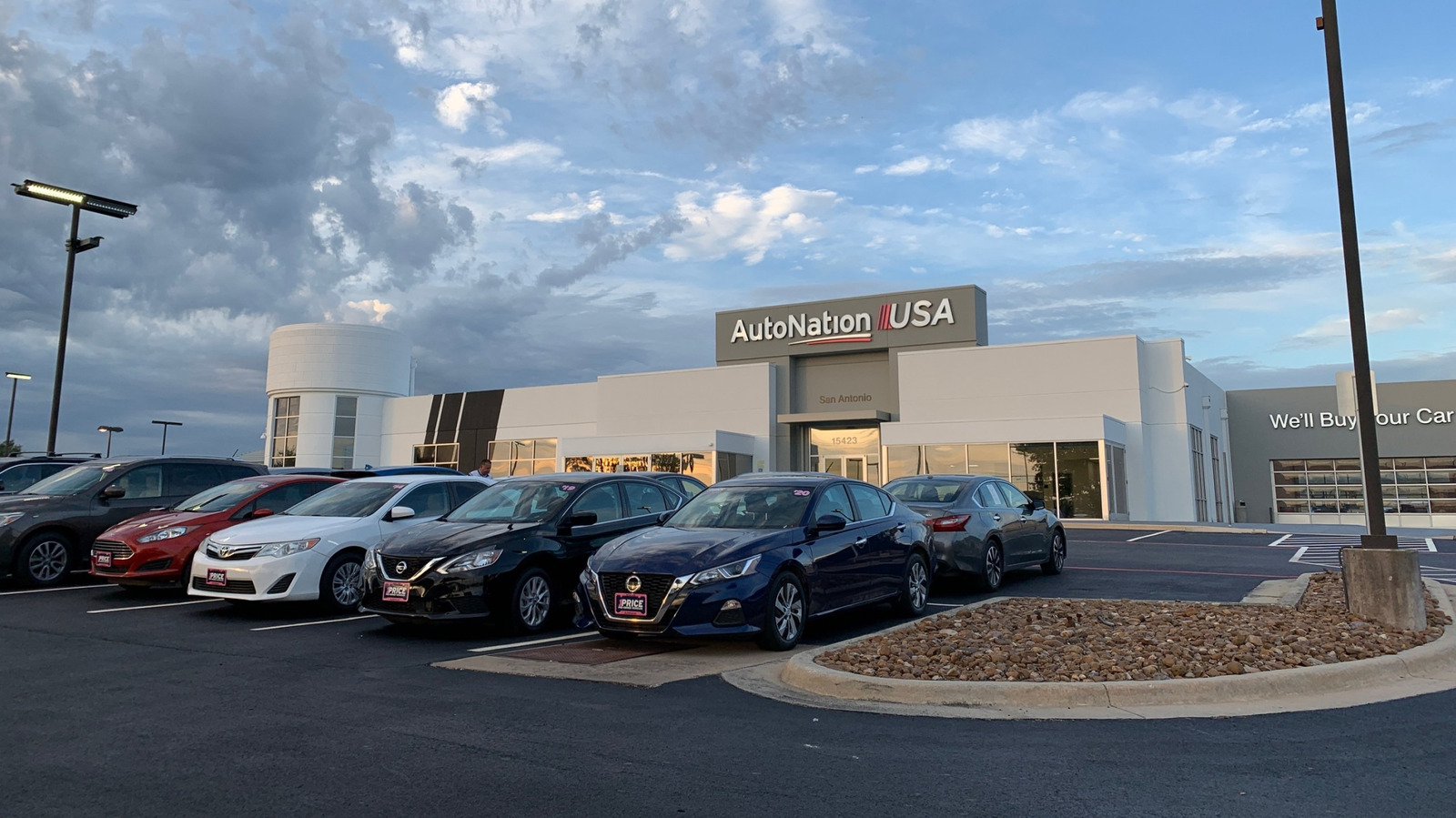
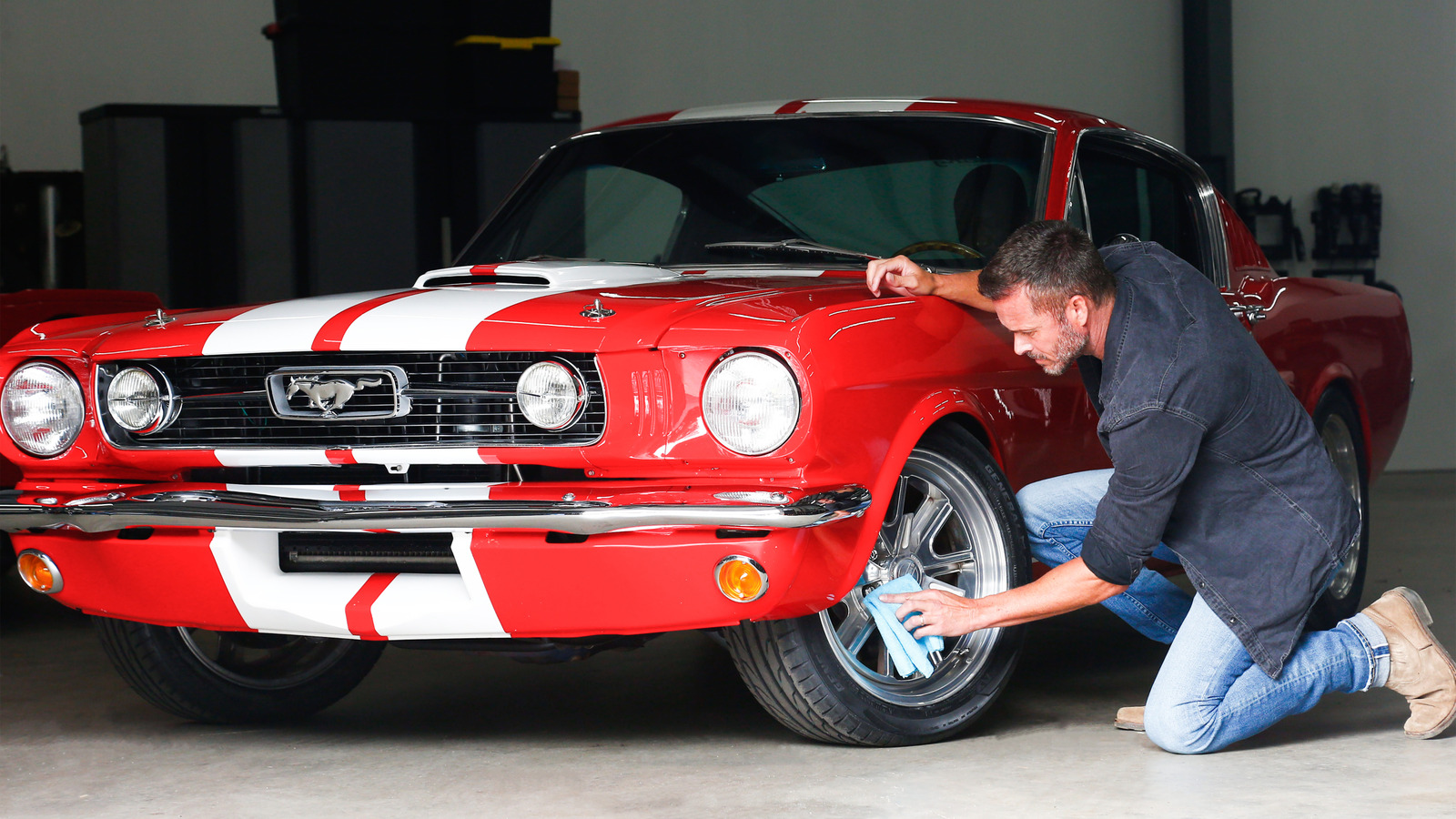




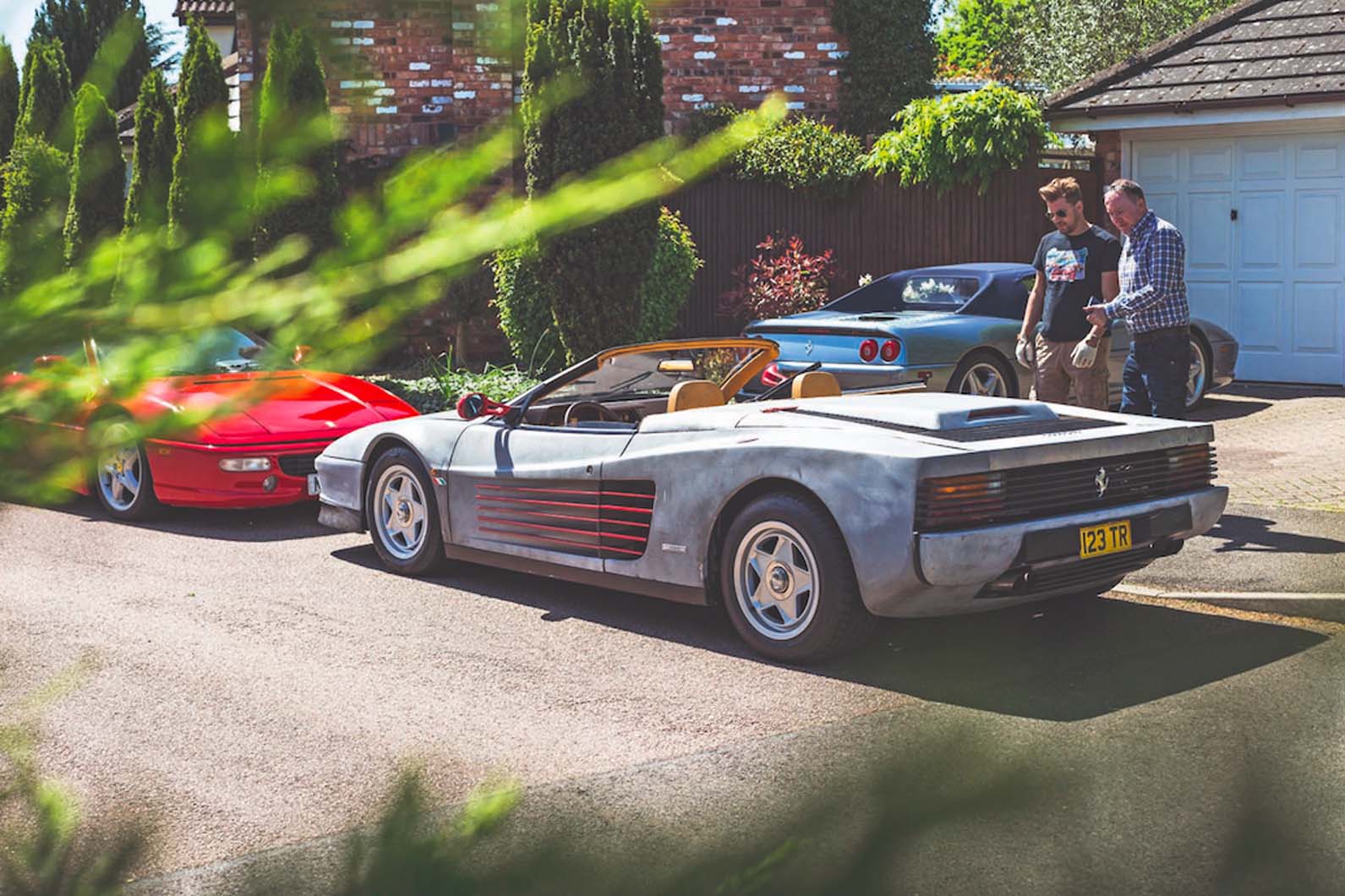

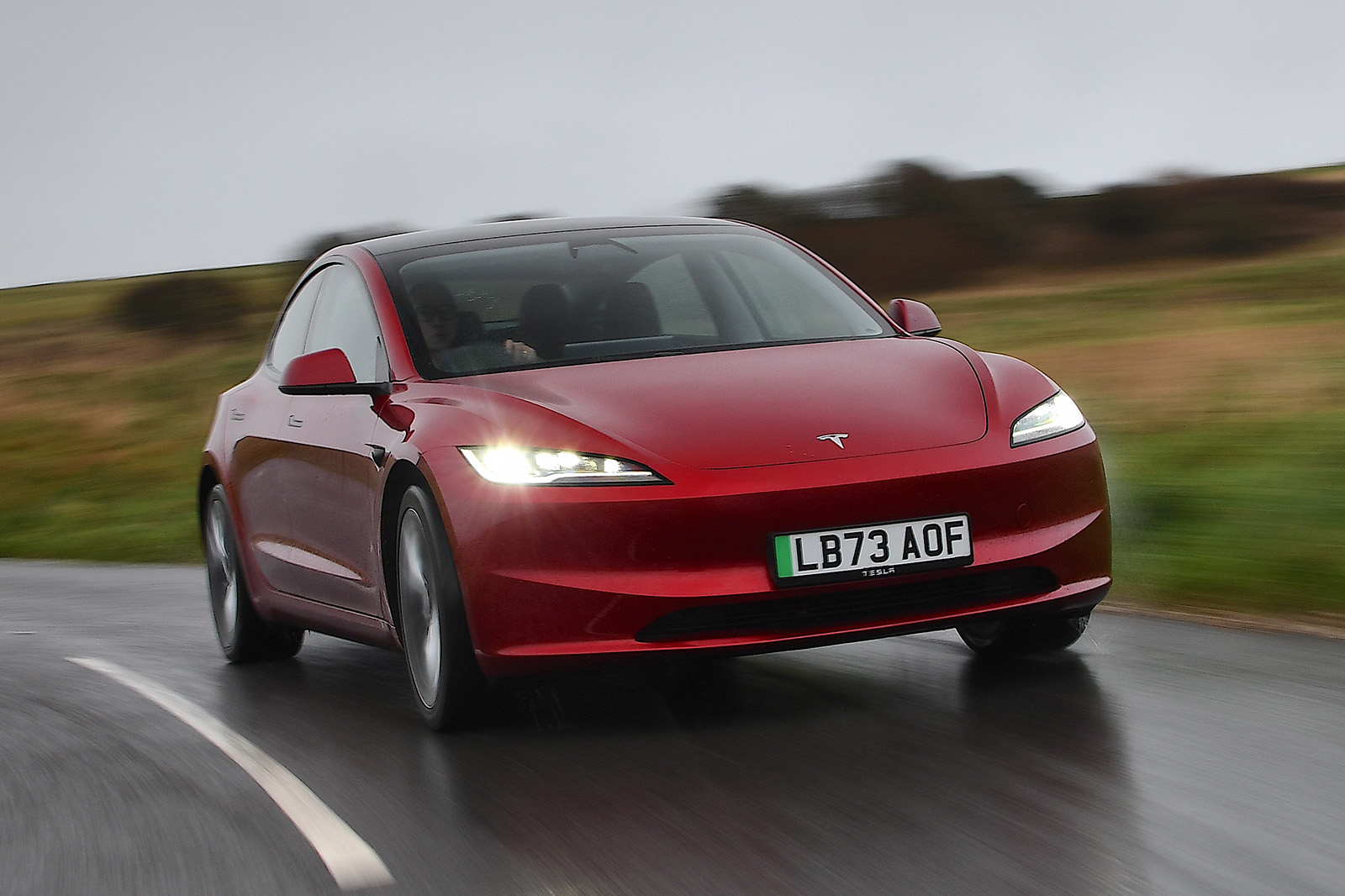



































































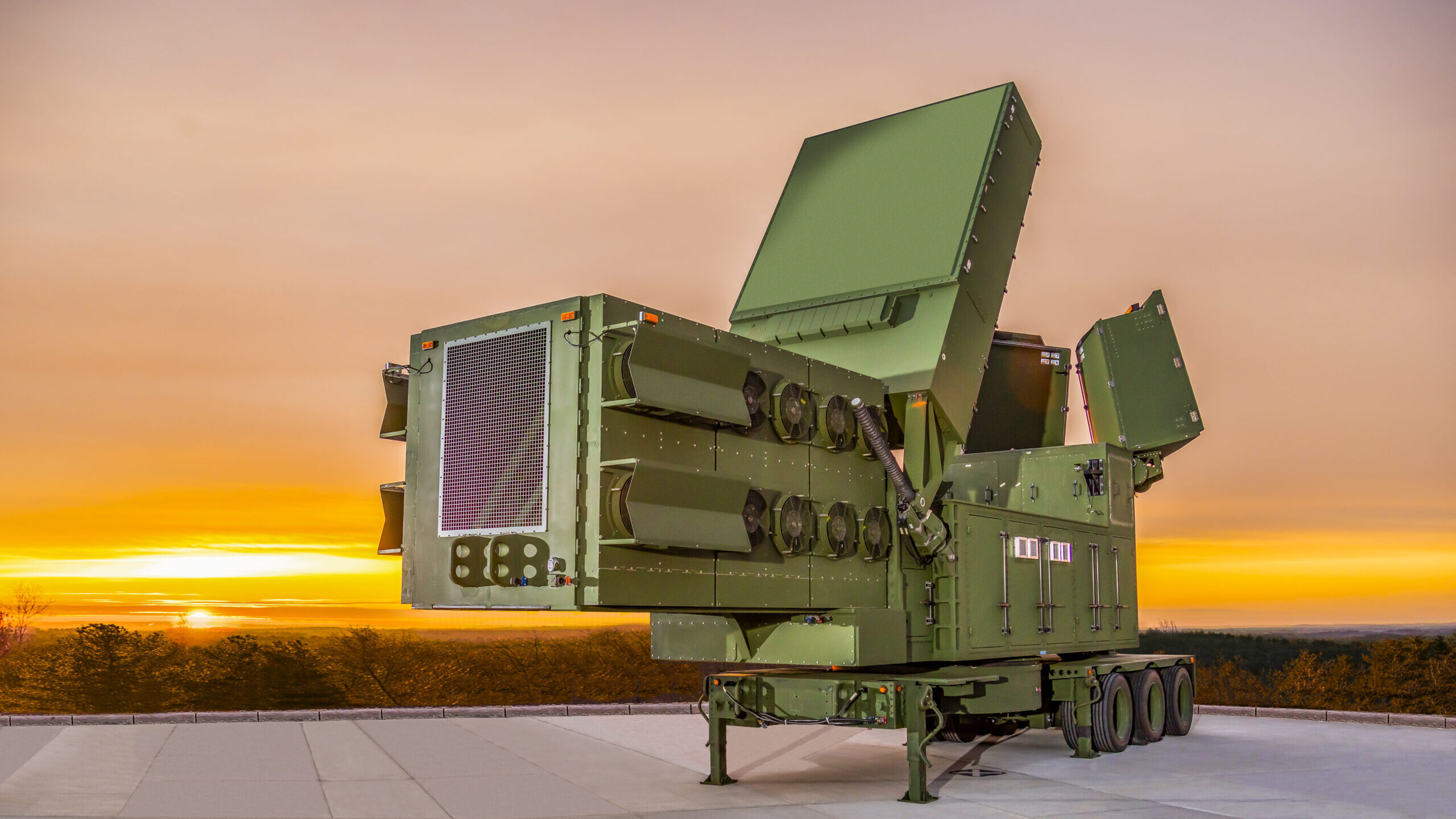














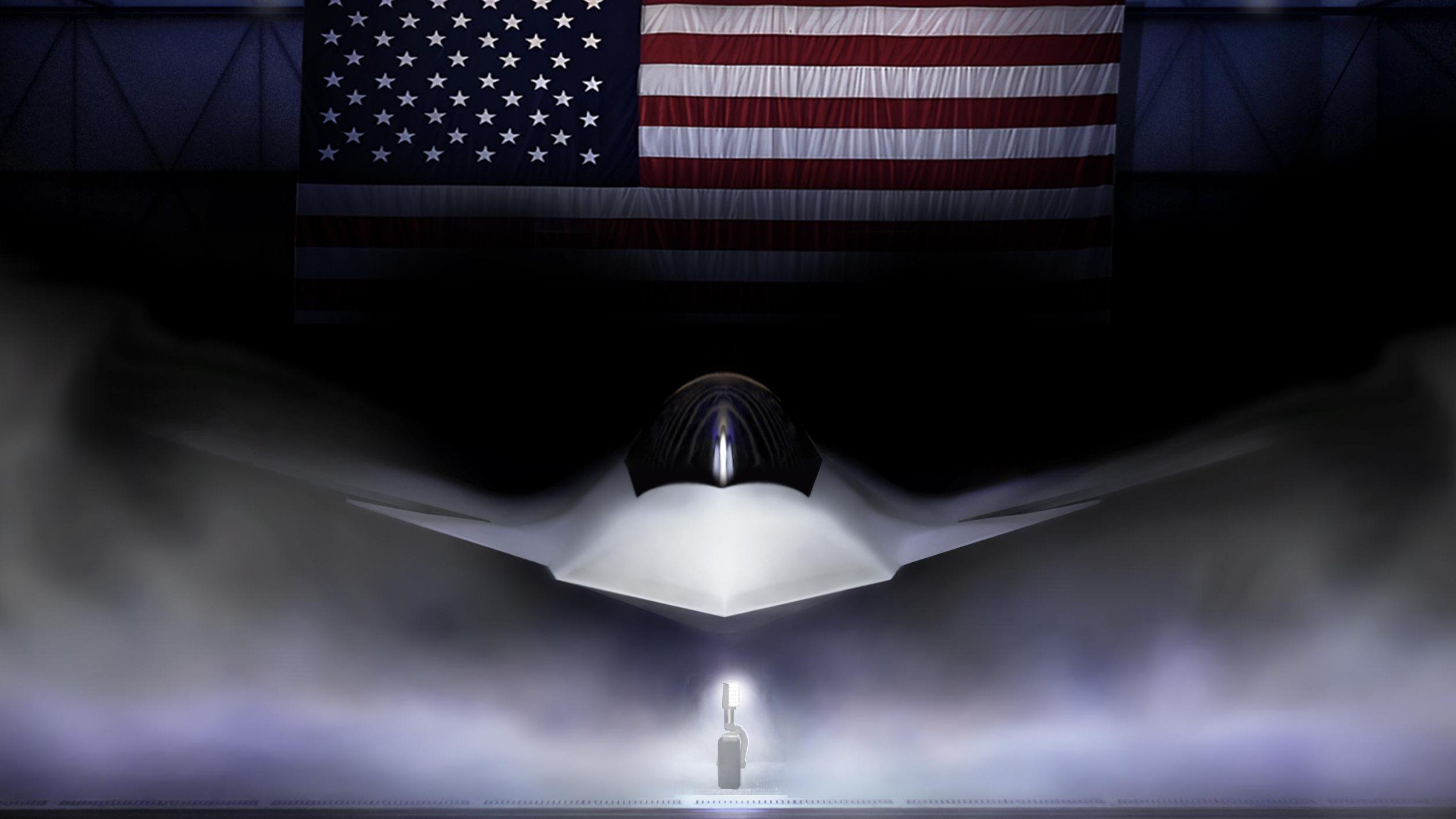

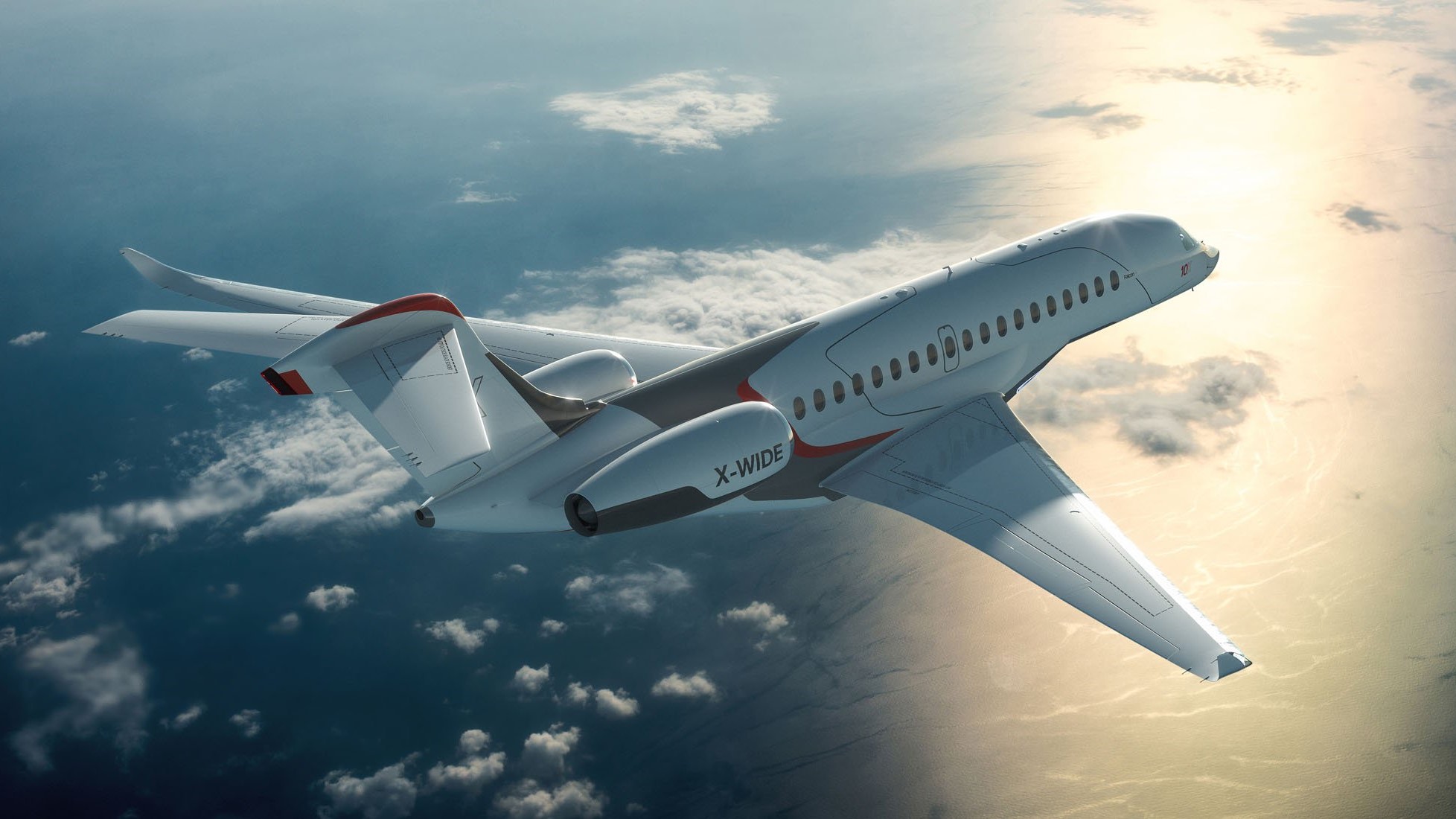





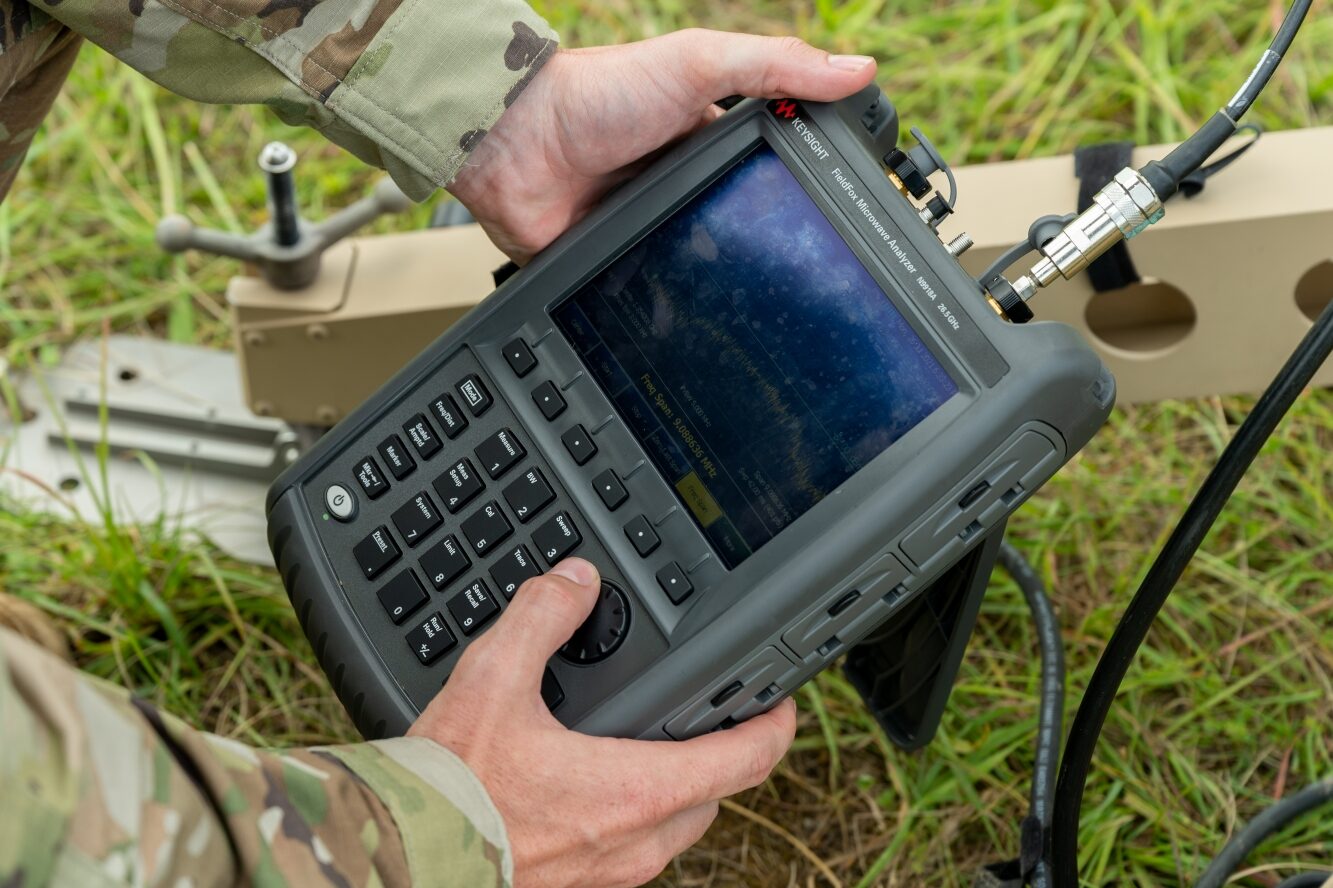

















































.jpg)




